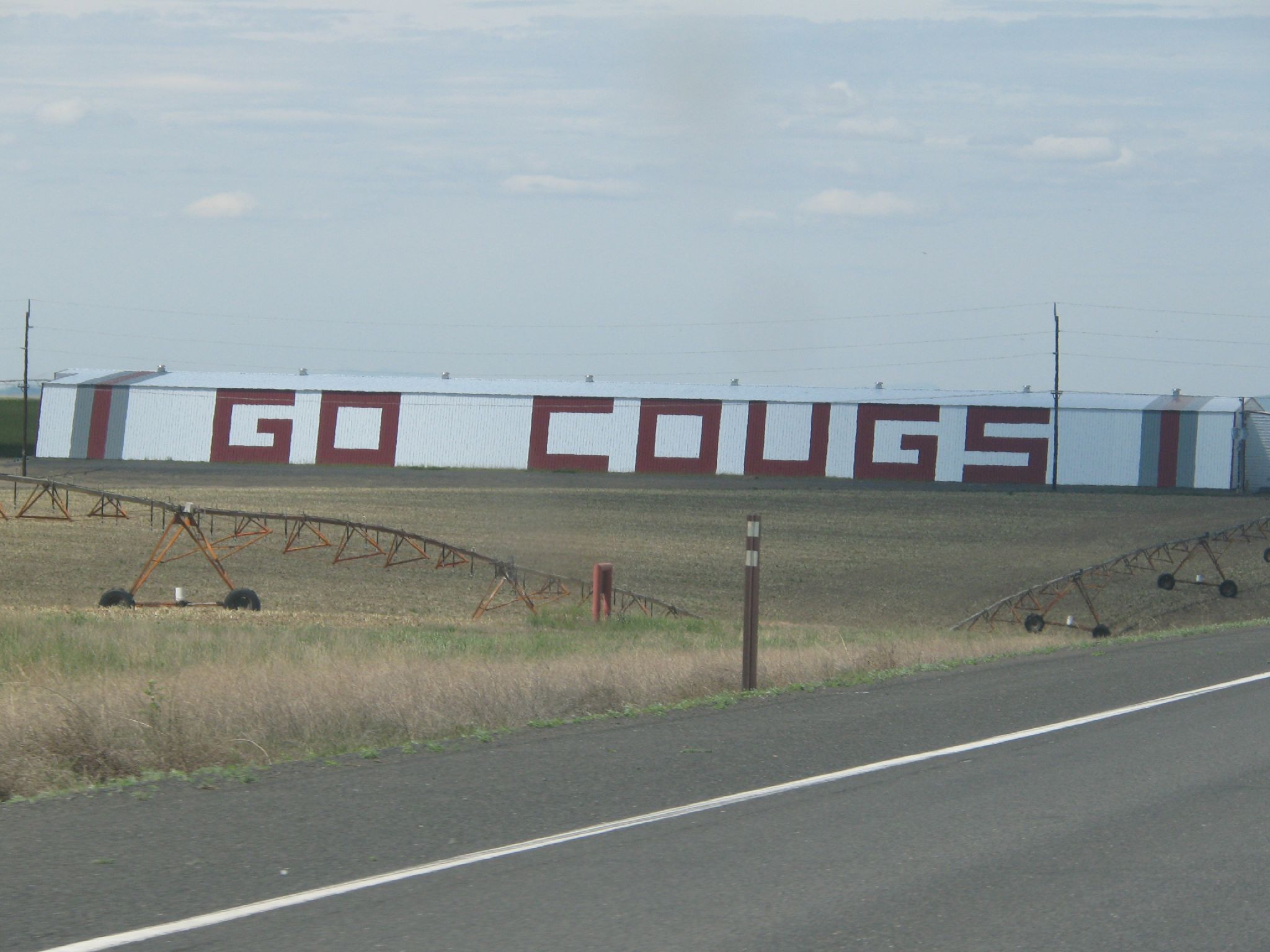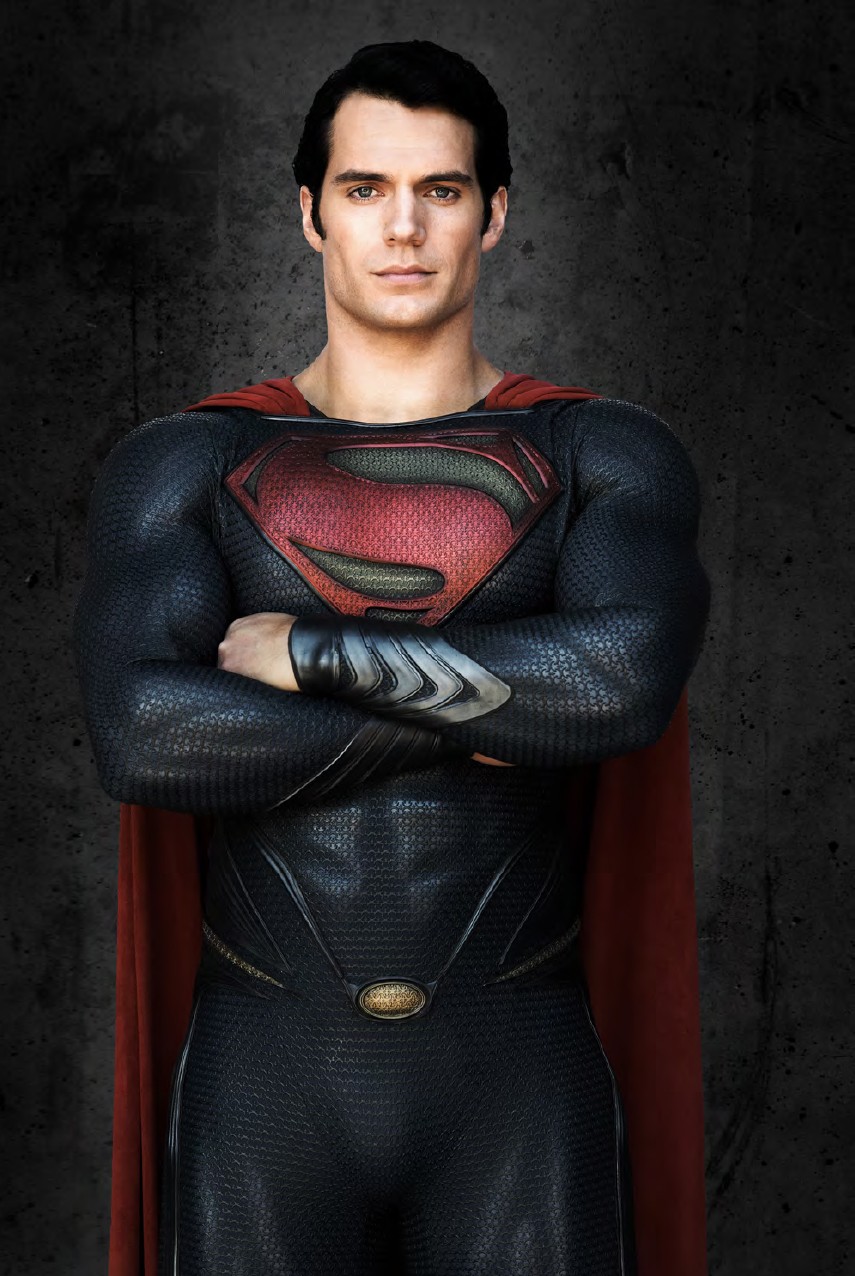 |
| Luke Murphy |
Today we welcome back
Luke Murphy who we are featuring all week.
Monday we had an interview with Luke and
Friday we'll have an excerpt from his novel
Dead Man's Hand. You can find Luke on
Facebook and
Twitter and learn more at his
website.
Today we have a guest post from Luke on marketing, something I think all writers and readers would be interested in. So please welcome once again, Luke Murphy:
Marketing my Debut
Novel
It can be said with
near certainty that I didn’t follow the path of the average writer. As a child,
I never dreamed of writing a best-seller, never aspired to write the next
classic novel, I wanted to be an NHL superstar…period. Unfortunately injuries
shortened my career to only four games with the Florida Panthers in 1999 and a
six-year career in the minor leagues, so I needed to find a new path.
From a family of avid
readers, even as a child, I always had a passion for books. Whether it was
reading novels on road trips or writing assignments in school, literature was
always part of my life.
In the winter of 2000,
after sustaining a season ending eye injury while playing professional hockey
in Oklahoma City, I found myself with a lot of time on my hands, and a new
hobby emerged.
I didn’t write with
the intention of being published. I wrote for the love of writing, as a hobby.
I continued to hobby write through the years, honing my craft, making time
between work and family obligations.
Then I made a decision
to take my interest one step further. I’ve never been one to take things
lightly or jump in half way. I took a full year off from writing to study the
craft.
I constantly read,
from novels in my favorite genres to books written by experts in the writing
field. My first two purchases were Stein on Writing, a book written by
successful editor Sol Stein, and Self-Editing for Fiction Writers by Renni
Browne and Dave King.
I read through these
novels and highlighted important answers to my questions. My major breakthrough
from Stein’s book was to “Show don’t Tell”. I had to trust my readers. I even
wrote that phrase on a sticky note and put it on my computer monitor.
The Self-Editing book
helped me learn how to cut the FAT off my manuscript, eliminating unnecessary
details, making it more lean and crisp, with a better flow. I learned to cut
repetition and remain consistent throughout the novel.
I continually
researched the internet, reading up on the industry and process “What is
selling?” and “Who is buying?” were my two major questions.
I attended the “Bloody
Words” writing conference in Ottawa, Canada, rubbing elbows with other writers,
editors, agents and publishers. I made friends (published and unpublished
authors), bombarding them with questions, learning what it took to become
successful.
Feeling that I was
finally prepared, in the winter of 2007, with an idea in mind and an outline on
paper, I started to write DEAD MAN`S HAND.
My marketing started
with the writing of my book. I always had a plan, an idea of the plot, but now
I had to think about the characters and setting.
I wanted characters
who readers could relate to. Characters that were real, not fictional to the
point of unbelievable. My protagonist, Calvin Watters, is as real as they come,
with faults and weaknesses like us all. Because of my sports background, I
wanted Calvin to also have an athletic background. I was a pro hockey player,
but I decided that hockey would be fine for a Canadian fan base, but I wanted
to cater worldwide, so I chose football. I believe that more people follow
football than hockey.
For the setting, I
needed a major market in the United States that people would want to read
about, so I chose Sin City, Las Vegas. Everyone is interested in this
fast-paced, party-all-night lifestyle and city that is party-central.
But in today’s
society, most people don’t realize that writing a book is more than just
putting a good story down on paper. I learned this quickly. Agents and
publishers want someone with a “platform”, someone who already has a fan base
and is guaranteed to sell books. It’s risky for a publisher to take a chance on
a new writer, because there is no telling how many books they will sell, no
matter how good that book may be.
In 1999 I graduated
from Rochester Institute of Technology with a degree in Marketing, so I felt I
had a running start at promoting my work.
It took me two years
(working around full time jobs) to complete the first draft of my novel.
The first person to
read my completed manuscript was my former high school English teacher. With
her experience and wisdom, she gave me some very helpful advice. I then hired
McCarthy Creative Services to help edit DEAD MAN’S HAND, to make it the best
possible novel.
I joined a critique
group, teaming up with published authors Nadine Doolittle and Kathy Leveille,
and exchanging manuscripts and information. Working with an editor and other
authors was very rewarding and not only made my novel better, but made me a
better writer.
When I was ready, I
researched agents who fit my criteria (successful, worked with my genres, etc.)
and sent out query letters. After six months of rejections, I pulled my
manuscript back and worked on it again. Then in my next round of proposals, I
was offered representation by the Jennifer Lyons Literary Agency.
After months of
editing with Jennifer, and more rejections from publishers, my dream was
finally realized in April, 2012, when I signed a publishing contract with
Imajin Books (Edmonton, Alberta).
Once my publishing
contract was signed, then the real work began, building my “platform”. I knew
that when I signed on with a smaller publisher that the bulk of the promotion
load would fall on my shoulders, and I accepted that.
I did four things
quickly: created my own website, started a blog, and opened a Facebook page and
Twitter account.
Now, I have been
fortunate to have had many jobs in my life, jobs that have created interest in
not only myself, but what I do.
Here are some things I
did next:
-
I scribed
a letter to all of my email contacts (2500) and all of my FB friends (2500).
-
I scribed
a letter for all of the media outlets (radio, TV, print) in the cities where I
played hockey, or have contacts. One of the benefits of playing professional
hockey was that I went through a lot of interviews with personalities in all
forms of media.
-
I picked
out the site for my launch party and spoke with the owner about it.
-
I played
hockey for teams and leagues all over North America, creating a fan base in a
variety of cities, and also worked in hockey camps, so I already had some
followers that I contacted.
-
I was a
reporter on the radio for a couple of years after retiring from hockey, and my
radio reporting was a presence on the web as well as in radio.
-
My sports column,
Overtime, which was a main feature in The Pontiac Equity, not only had a
following but helped in writing concise and exciting prose.
-
I composed
a list of local stores for potential book signings
-
I compiled
a list of local stores to sell my book
Next I picked out my target audience and
searched the web for them:
-
Thriller readers looking for an
atypical thriller hero—an African-American who is no saint.
-
Sports fans will be fascinated
by Watters’ struggle to recover his decency and win, a kind of Blind Side story
with little sentimentality and few illusions.
-
A Las Vegas setting—the world
of The Hangover movies and many youth films like Bridesmaids—will appeal to
20s-30s readers.
-
Watters’ romance with a former
prostitute will appeal to younger female readers. The marital tension between Detective Dayton
and his wife will interest adults. Both men and women will enjoy the twist on
the femme fatale figure of the murderer’s lover, who has her own schemes.
-
Lovers of history, as the term,
“Dead Man’s Hand”, is a legend dating back to the Wild West of the 1800’s.
I started creating relationships on the
internet through Facebook and Twitter. I met not only authors, but fans of the
genres I write.
When my book was released in October, 2012,
I felt I had a solid foundation to stand on, but I still had a long way to go.
I contacted media for interviews, held book
signings, joined shows and blog toured. I contacted anyone who wrote a blog and
asked about being a guest. I joined Pinterest, Linkedin, and Google +, as well
as sites created to support Indie authors. I did anything I could to get my
name out there, get my book in front of readers.
My publisher set up special promotions
where my book was FREE on Amazon for certain periods of time. All of this was
done to increase my following, and expand the awareness of my book on a
worldwide scale. This will hopefully lead to future sales with not only my
debut novel, but subsequent books.
I’ve been happy with the result thus far,
but I don’t have anything to compare it to. I feel that the more books I write,
the more success I will have. The more I get out there, the more excitement and
interest is garnered.
It’s a marathon, not a sprint. J
Dead Man's Hand
What happens when the deck is stacked against you…
From NFL rising-star prospect to wanted
fugitive, Calvin Watters is a sadistic African-American Las
Vegas debt-collector framed by a murderer who, like the Vegas Police,
finds him to be the perfect fall-guy.
…and the cards don't fall your way?
When the brutal slaying of a prominent
casino owner is followed by the murder of a well-known bookie, Detective Dale
Dayton is thrown into the middle of a highly political case and leads the
largest homicide investigation in Vegas in the last twelve years.
What if you're dealt a Dead Man's Hand?
Against his superiors and better judgment, Dayton is willing to give Calvin one last chance. To
redeem himself, Calvin must prove his innocence by finding the real killer,
while avoiding the LVMPD, as well as protect the woman he loves from a
professional assassin hired to silence them.
"You may want to give it the whole night, just to see how it turns out."
—William Martin, New York Times bestselling author of The Lincoln Letter
"Dead Man's Hand is a pleasure, a debut novel that doesn't read like one,
but still presents original characters and a fresh new voice."
—Thomas Perry, New York Times bestselling author of Poison Flower
"Part police procedural, part crime fiction, Dead Man's Hand is a fast, gritty ride."
—Anne Frasier, USA Today bestselling author of Hush














.jpg)